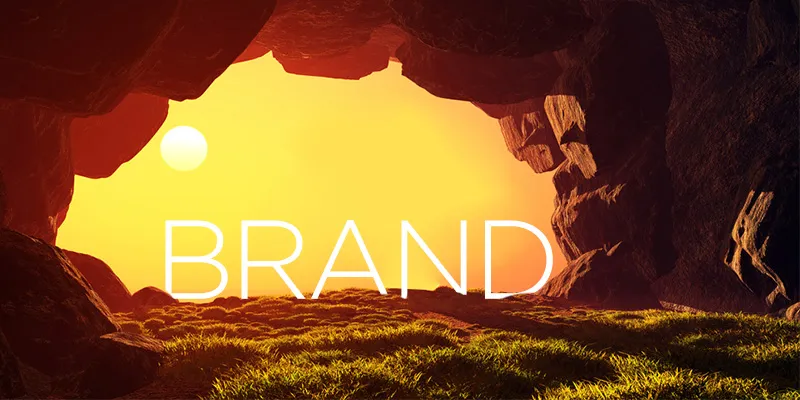In the late 90’s, Satoshi Tajiri’s odd-sounding creation spiked to the global top with Pokemon: Red & Blue. From 1999 till the mid-2000, Pokemon was everywhere. I recall, as a young advertising executive, the all-nighters we did to churn out artworks for Pokemon Tazos, Tattoos, and Stickers on various candy and bubble-gum brands I was managing, and witnessing their sales skyrocket!
But over the next decade and a half, it wore out a tad thin (fan-boys exempted), eventually to make a comeback, and how! If, like me, you are also following the frenzy around Pokemon Go and are left astonished at the success that the brand has managed to earn, there is something in there for one to take. Not only has it made the co-owning company Nintendo relevant in the current market, but has also put the brand back in the ‘game’!

However, this trend is hardly unprecedented. The way Pokemon Go milked the original characters’ equity amongst who followed it back then, many do manage to ride on the strong, subliminal, emotional connect and resurrect deadbeat brands.
The classic comebacks
Mornings, my shave is incomplete without the mandatory splash of Old Spice. Childhood memories of witnessing my granddad’s shaving ritual and secretly pilfering a drop to relish the smell all day, there is a strong emotional connect. Small wonder, Old Spice is such an awesome comeback story.
So what compels brands to re-enter the big bad world of consumer dating? It is indeed easier than starting off on a blank slate. From saving on marketing costs to leveraging the brand equity and goodwill, the race begins halfway through, especially that hold a strong nostalgic value for the consumers. Meanwhile, for consumers, establishing a relationship with a familiar name revives fond memories.
Revival of the faded
Every now and then, brands fall off the map and fade into oblivion irrespective of enjoying great success and market share at one point. Needless to say, it takes a lot for a knocked down brand to pull itself together and resuscitate. Interestingly, some brands come back with a vengeance and perform better in their second innings. From Apple (the brand almost perished before it was revived through iPod, iPhone and Macs), Samsung mobiles (remember those clam-shell phones polyphonic ringtones), Motorola (with the Moto G, X and 360), Converse (embracing their "old-school" style that appealed to generations of rebellious rockers over the years with Kurt Cobain and Ramones editions), to Lego (back to the classic bricks), we’ve seen it all.
Are they still emotionally relevant?
Be it bankruptcy, bad partnerships or simply lack of innovation, the reasons to fail have been ample. Once back, it is important that it still holds relevance in the current time band. Banking on earlier reputation without being in tune with the pulse of the contemporary generation could prove fatal. The key to penning a success story has largely been attributed to ‘adaptability’. Market research before launching a new product could divulge significant insights that would have to be factored into the brand, sometime even revamping the product, a case in point being Polaroid.
For marketers, wiping off the layer of dust, clearing out the cobwebs and blowing life into a dead brand opens a whole new world of communication. The scope for telling stories and playing on the premise of legacy and authenticity makes it both, challenging and thrilling.
Comeback brands are poised at an opportunistic time as consumers are less rigid about experimenting and adopting new products (albeit riding on past honour and residual brand equity). Be it under the same ownership or new owners reviving jettisoned names, for all those invested in incarnating these comeback brands, the central objective is turning it around and reaping benefits for life. Surely, not all bygone brands can be revived, but for those that have the potential, it’s anyone’s guess if its fate is going to be that of R.I.P or ROI.
The astronomical success of Pokémon Go, reaffirms reincarnation, in the world of brands at least, as long as there is a clear and clever strategy!







